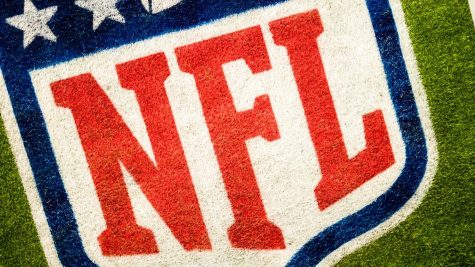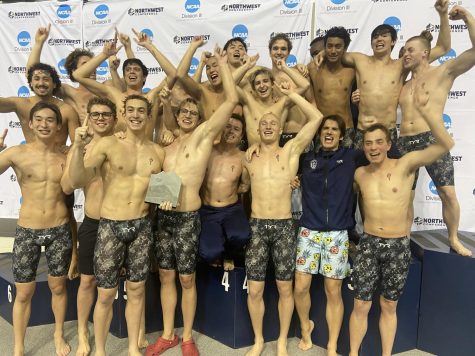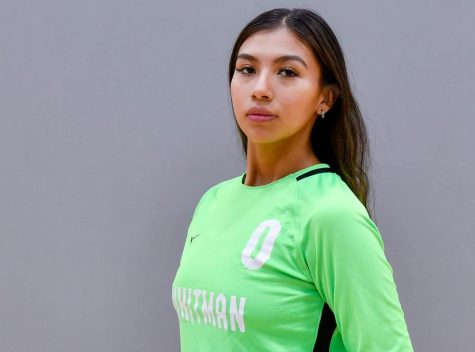America’s problematic favorite: football
February 9, 2023

Former 49ers quarterback Colin Kaepernick, who was blacklisted from the NFL in 2016 for kneeling during the National Anthem, recently sparked controversy when he likened the NFL drafting process to a “slave auction.” Just this month, former head coach for the Miami Dolphins Brian Flores filed a lawsuit against the NFL for what Flores termed systemic racism.
This Sunday, two Black quarterbacks — Chiefs’ Patrick Mahomes and Eagles’ Jalen Hurts — will face off at the Super Bowl for the first time in history. Hidden behind the infectious energy of Super Bowl Sunday is a legacy of racism and exploitation.
Football is an uniquely American sport, yet it depends on the existence of a working and racial caste who are manipulated both as viewers and players, while also using the pain of this subjugation as a form of entertainment.
Chuck Modiano, a journalist and writer for Deadspin who focuses on racial (in)justice in sports, described pro-level and collegiate football as “incredibly exploitative,” with the majority of players being viewed as “expendable.”
This exploitation is not a new phenomenon. “In the 1880s, most of the Jockeys were Black,” Modiano said, and their white handlers were the ones with the power. Comparing this dynamic to the present day, Modiano said, “If you look at the NFL, the Black players can make the ‘owners’ money. Most of these owners are really rich white billionaires, and the vast majority are Trump supporters.”
The implications of this racial, exploitative legacy on college campuses is not lost on those who have played collegiate football. When, for example, Black University of Maryland football player Jordan McNair died of heatstroke during practice, teammates reported a coaching environment based on fear and intimidation from white coach DJ Durkin.
In the NFL, roughly 70 percent of team members are Black. Race and class divides are partially to blame for this — upwardly mobile white families are largely moving away from the sport, which can cause traumatic brain injuries, while Black families, who are second most likely to experience poverty in their lives, elect to enroll their children in the sport due to prospects of scholarships and social mobility.
In football, players, who are majority Black, are encouraged to push their bodies to the limits, ultimately furthering owners’ profits. Horrifically, because the NFL does not have a guaranteed contract, the players themselves do not have a protected right to the profits which they single-handedly produce. Combined with the extremely short average length of pro players’ careers (just three and a half years), and their lifelong injuries, Modiano said that many “walk away without benefits.” This exploitation creates racist, plantation-like power dynamics between players and owners.
Still, football players do not only dedicate their bodies and lives to the sport for money — there is also an undeniable pride players and fans feel in their team, often instilled in them from birth and intrinsically tied to concepts of one’s hometown.
Buffalo Bills fans, for example, are known for their extreme dedication to the New York team, which has earned them the nickname “Bills Mafia.” Modiano explained this phenomenon with the apt observation that “there’s nothing going on in Buffalo.”
The median income in Buffalo is roughly $24,000, with almost 24 percent of the population at or below the poverty line, according to the U.S. Census. In this type of dead-end environment, poverty and a scrappy, hard-working culture cause people to project onto something emblematic of their conditions — for most, that “something” is football.
There are teams, often located in America’s Rust Belt, who — despite impressive losing records — have a deeply devoted fan base. Ohio’s Cincinnati Bengals are infamously terrible, and yet Bengals fans have an entirely original — entirely Ohio — chant.
“Who Dey say gon’ beat the Bengals? Nobody!”
While not entirely accurate (the list of Bengals losses is extensive), the chant originated entirely organically, riffing off of local brewery HuDey whose hawkers would sell beer at games by shouting ‘Hu-Dey!’
This is the type of hometown culture that American football helps build. Yet this very culture risks blinding us to the harsh realities of racism and classism in the very cities which we idolize during the “big game.” Fans’ obsessive relationship to the sport makes it nearly impossible to criticize even its most blatantly offensive aspects.
There is, however, a sweet spot between hater and sports-chud. As Modiano said, “If you’re not gonna boycott you better damn critique while you’re watching.”
So, this Super Bowl Sunday, I’ll be rooting for the Philadelphia Eagles; for the honor of the East Coast, my family and the entire flannel-wearing, IPA drinking, chain-smoking population of the gritty city.






